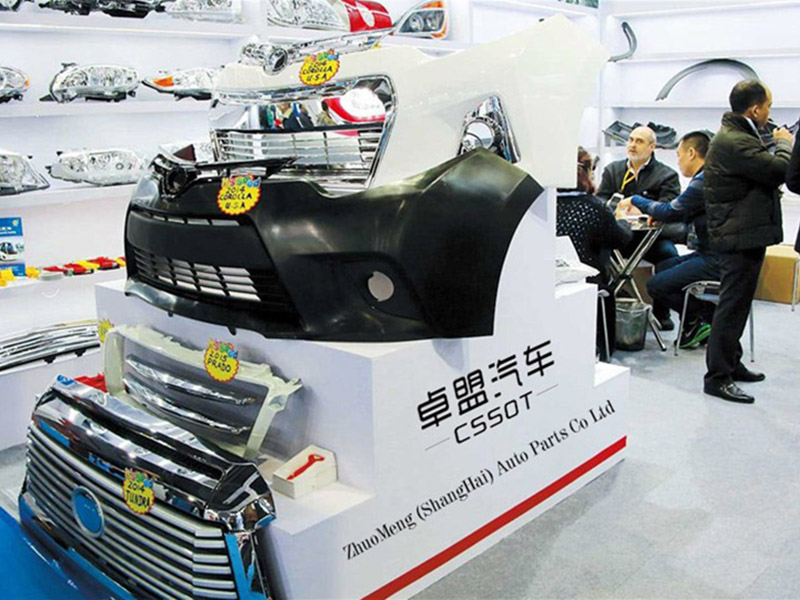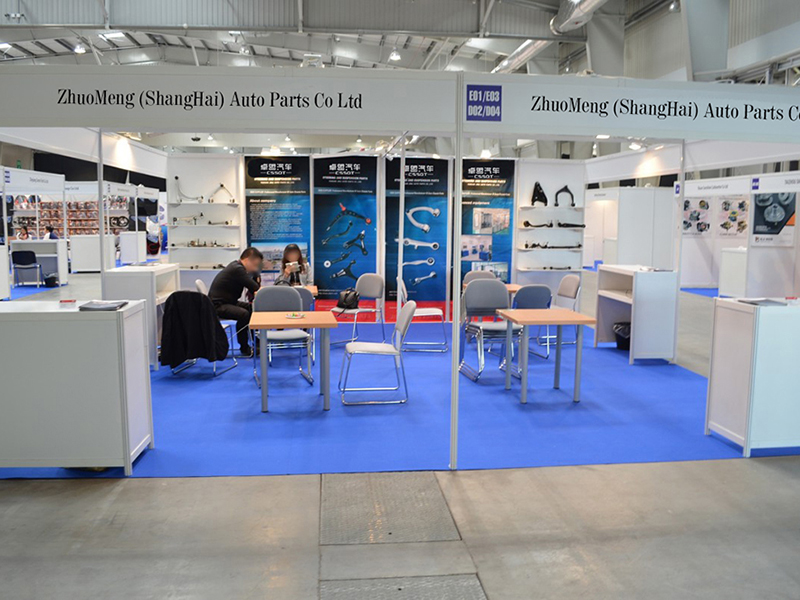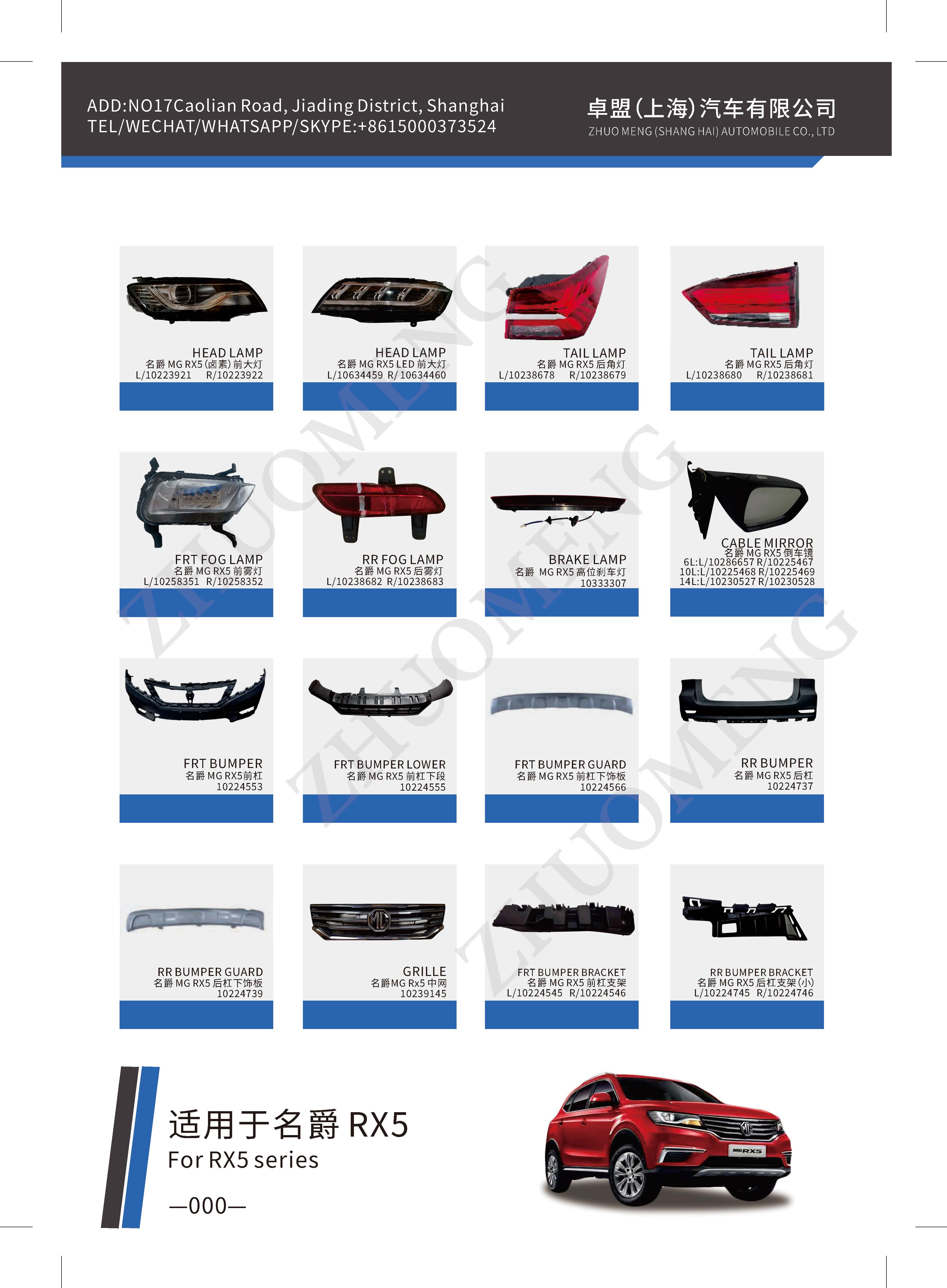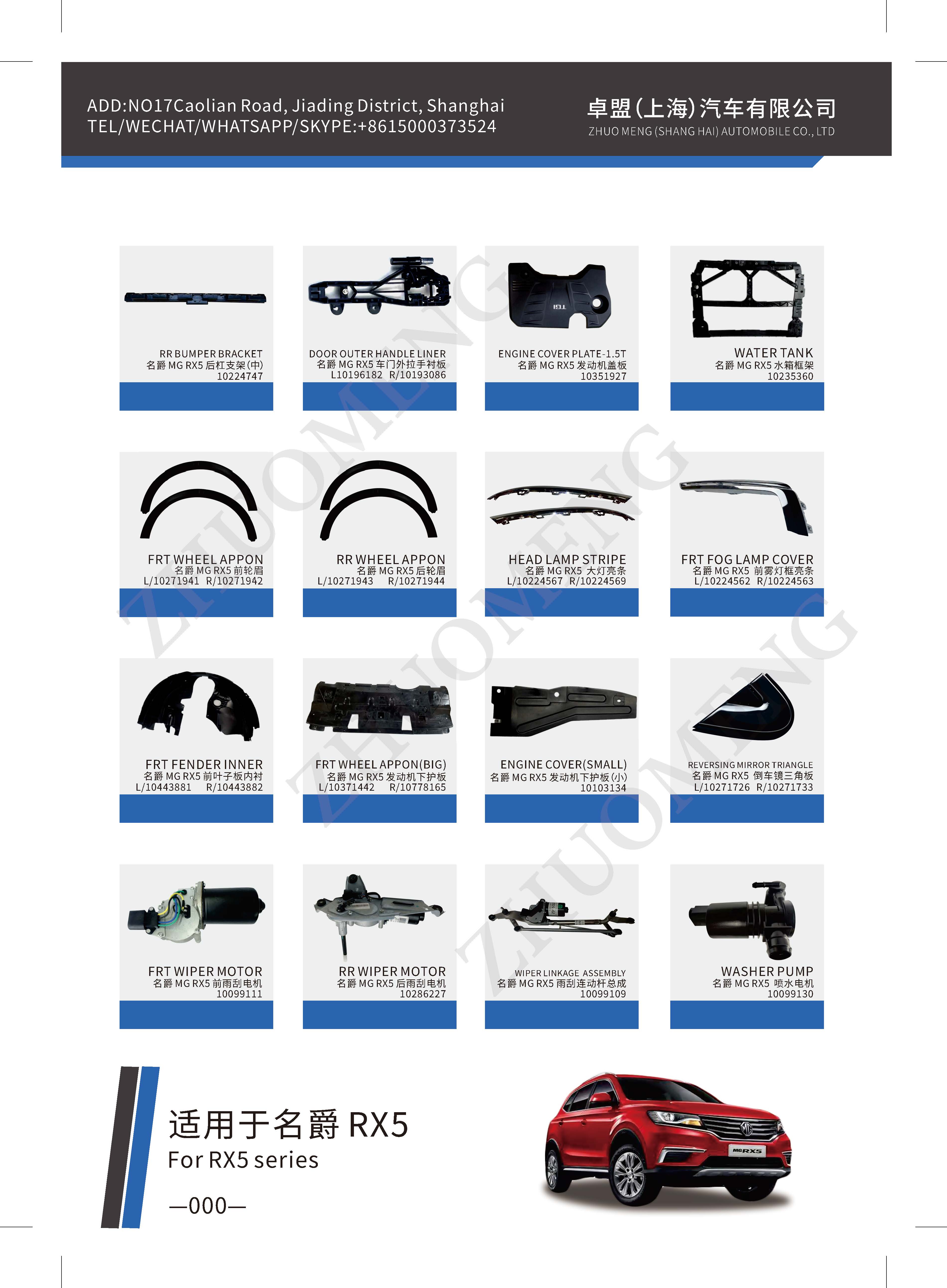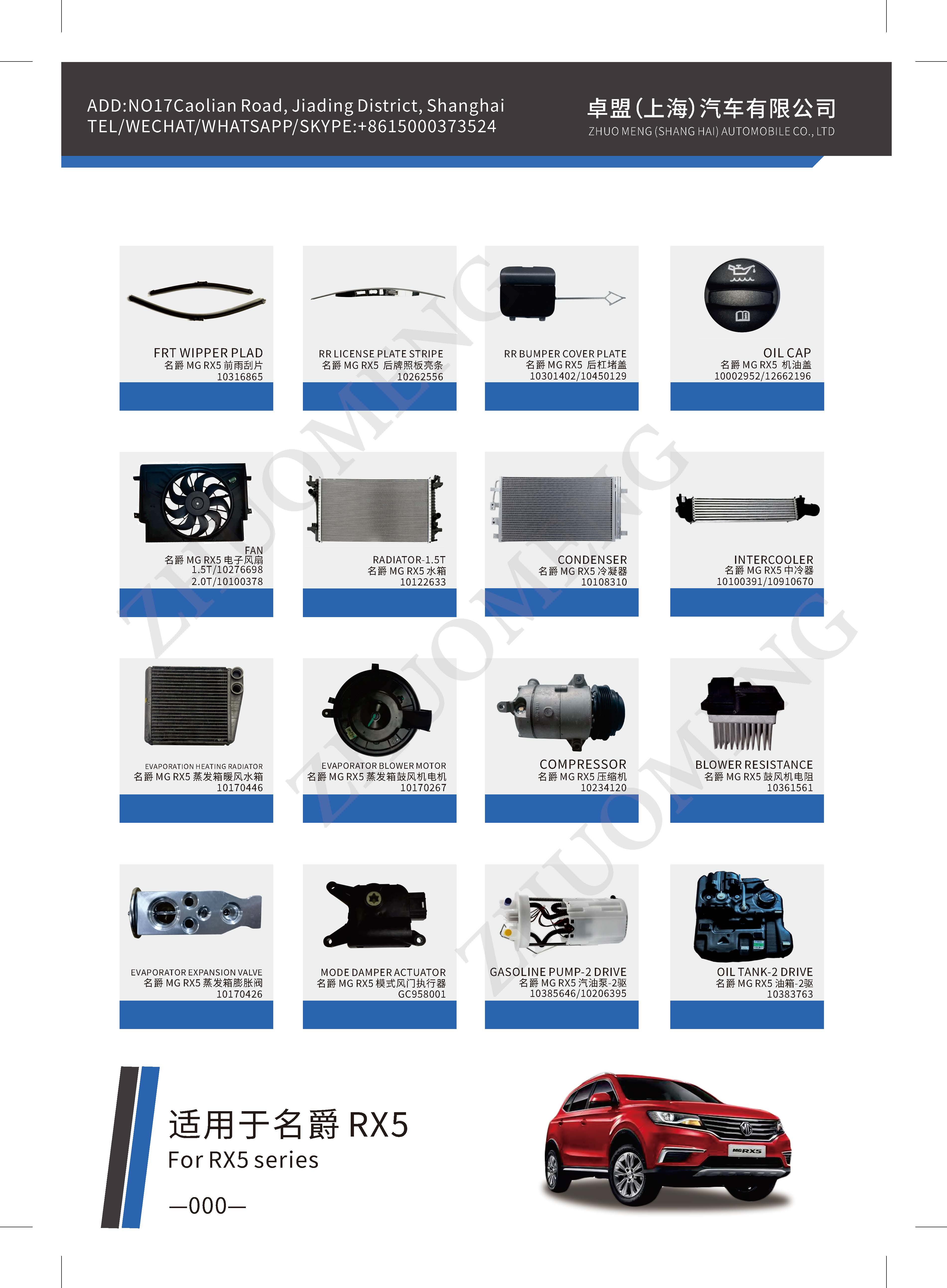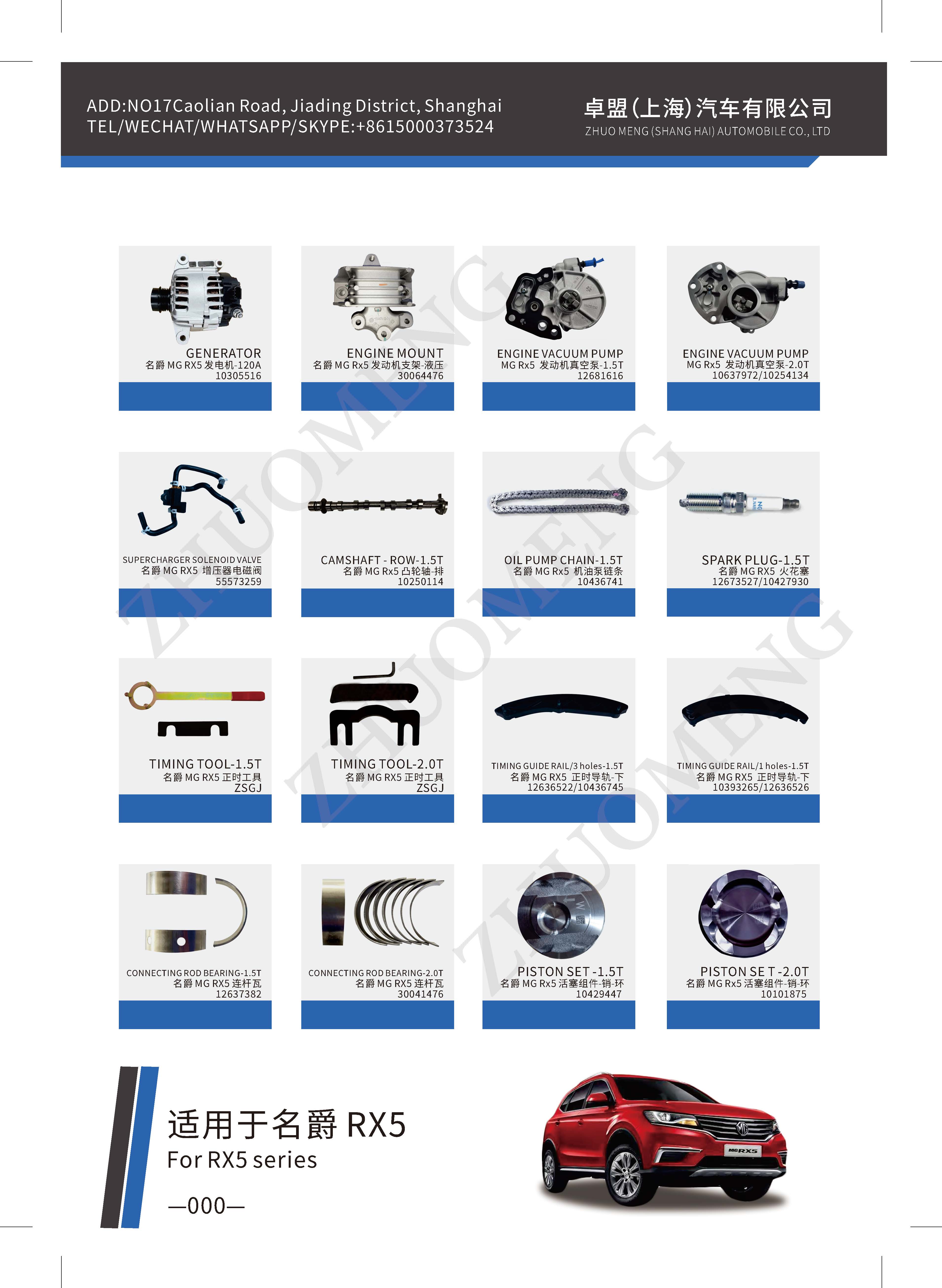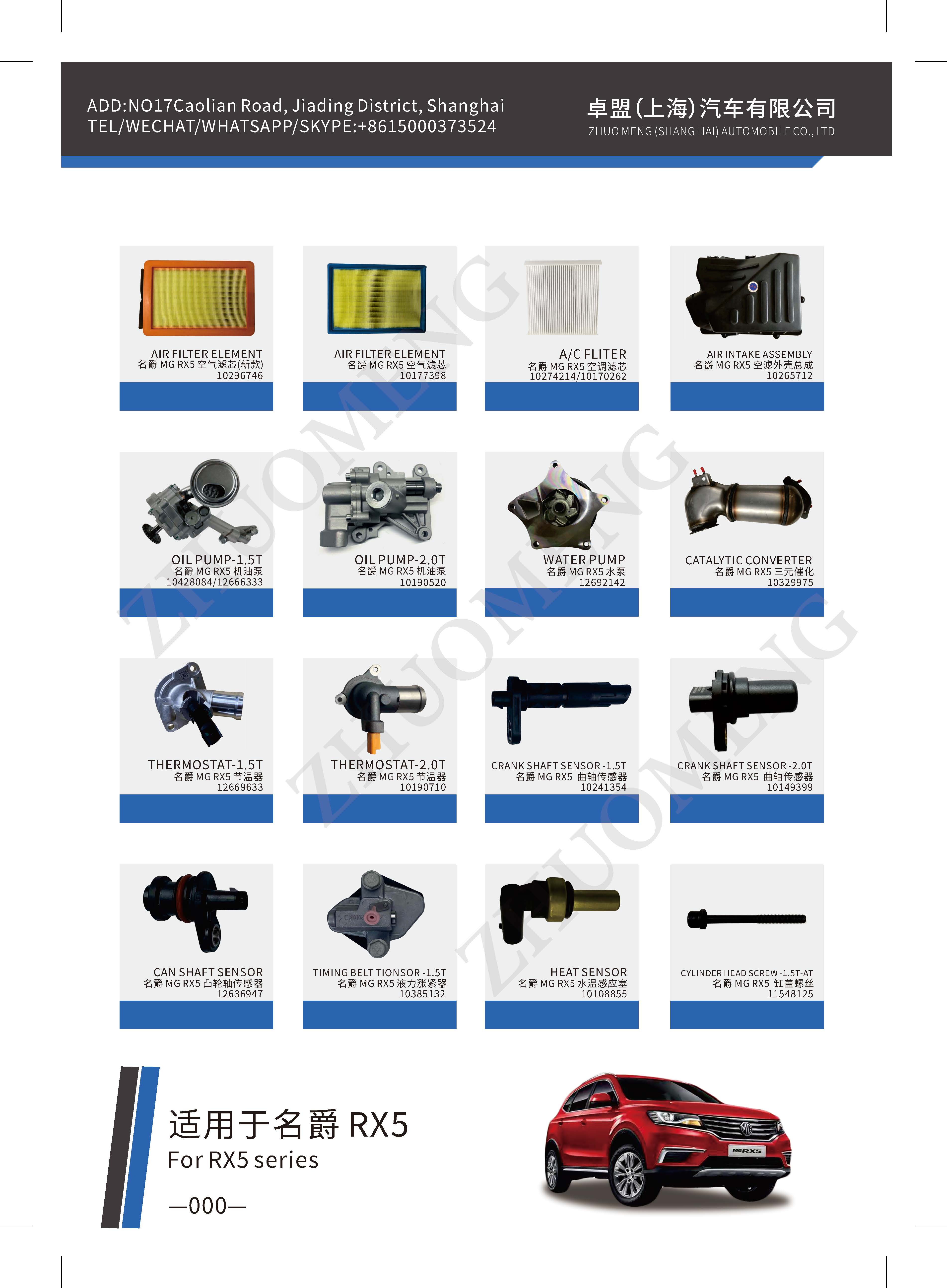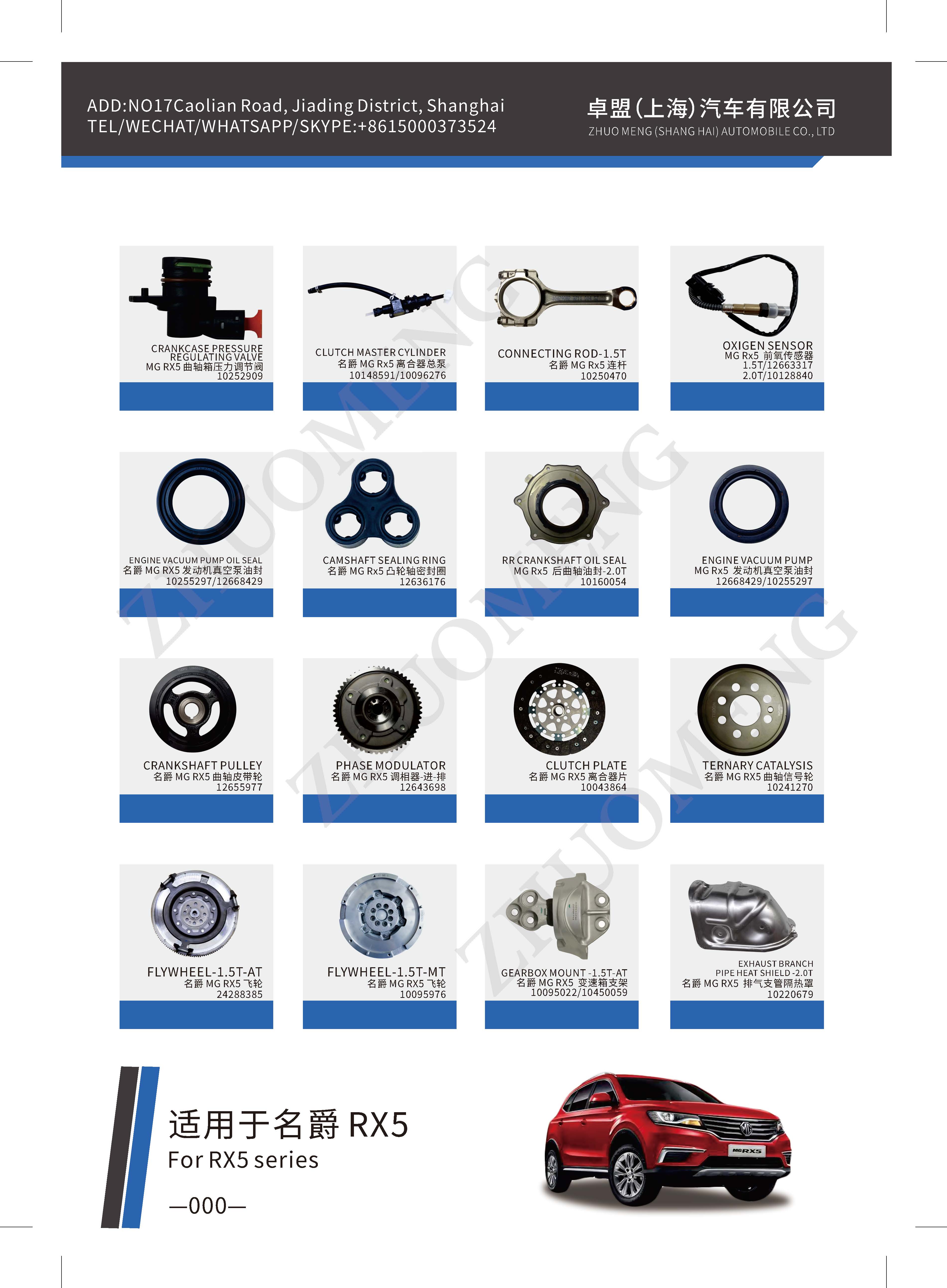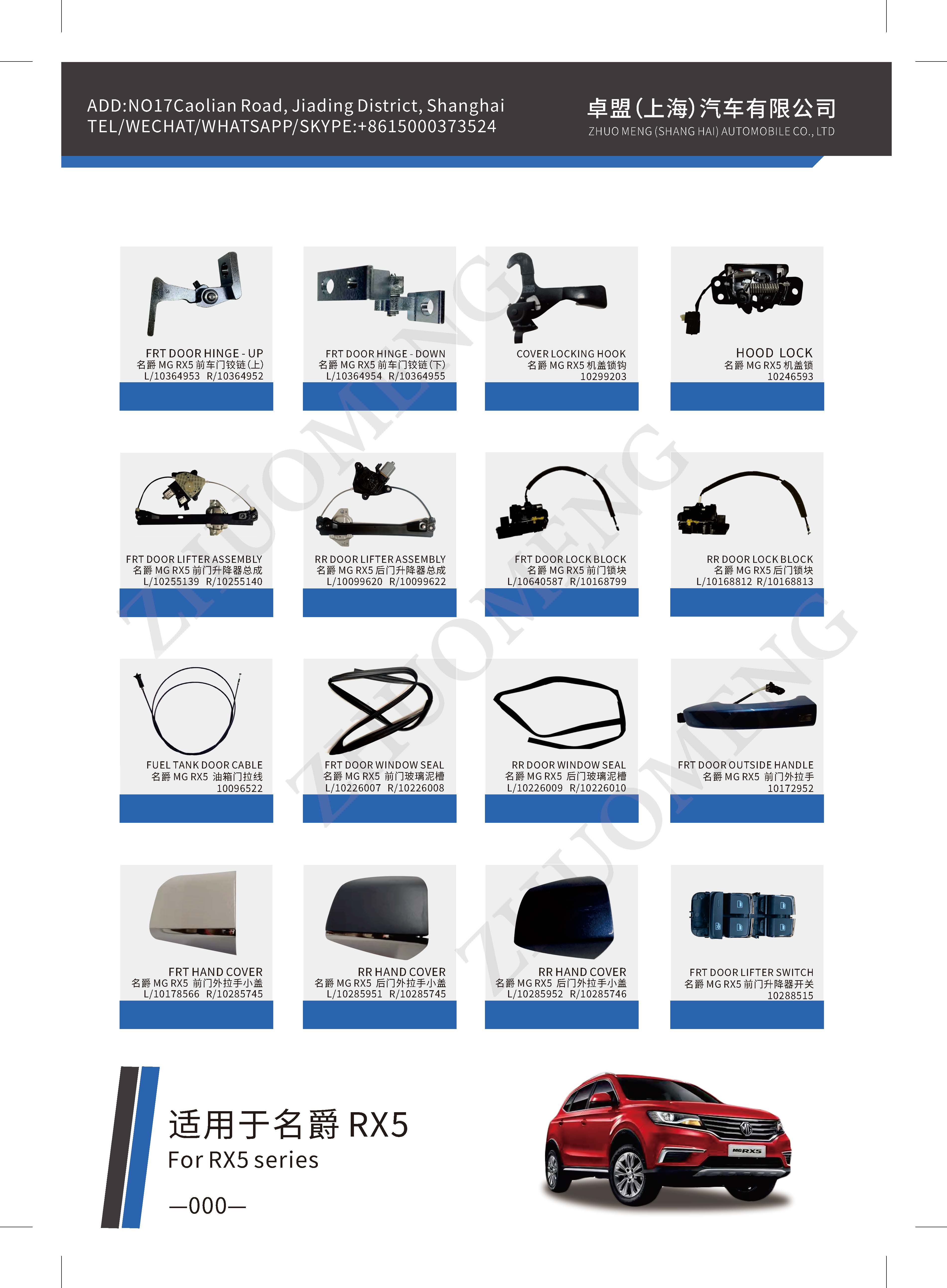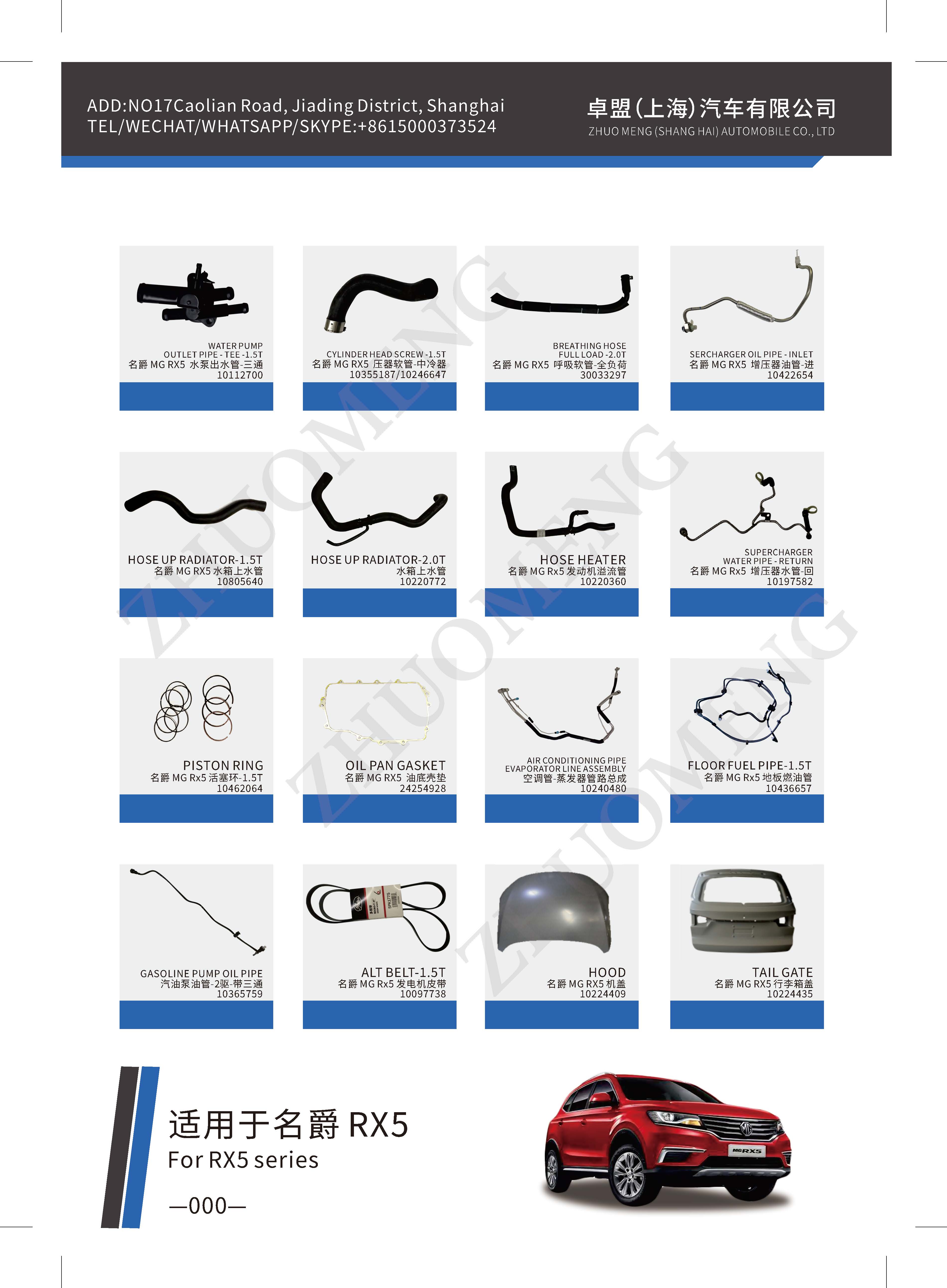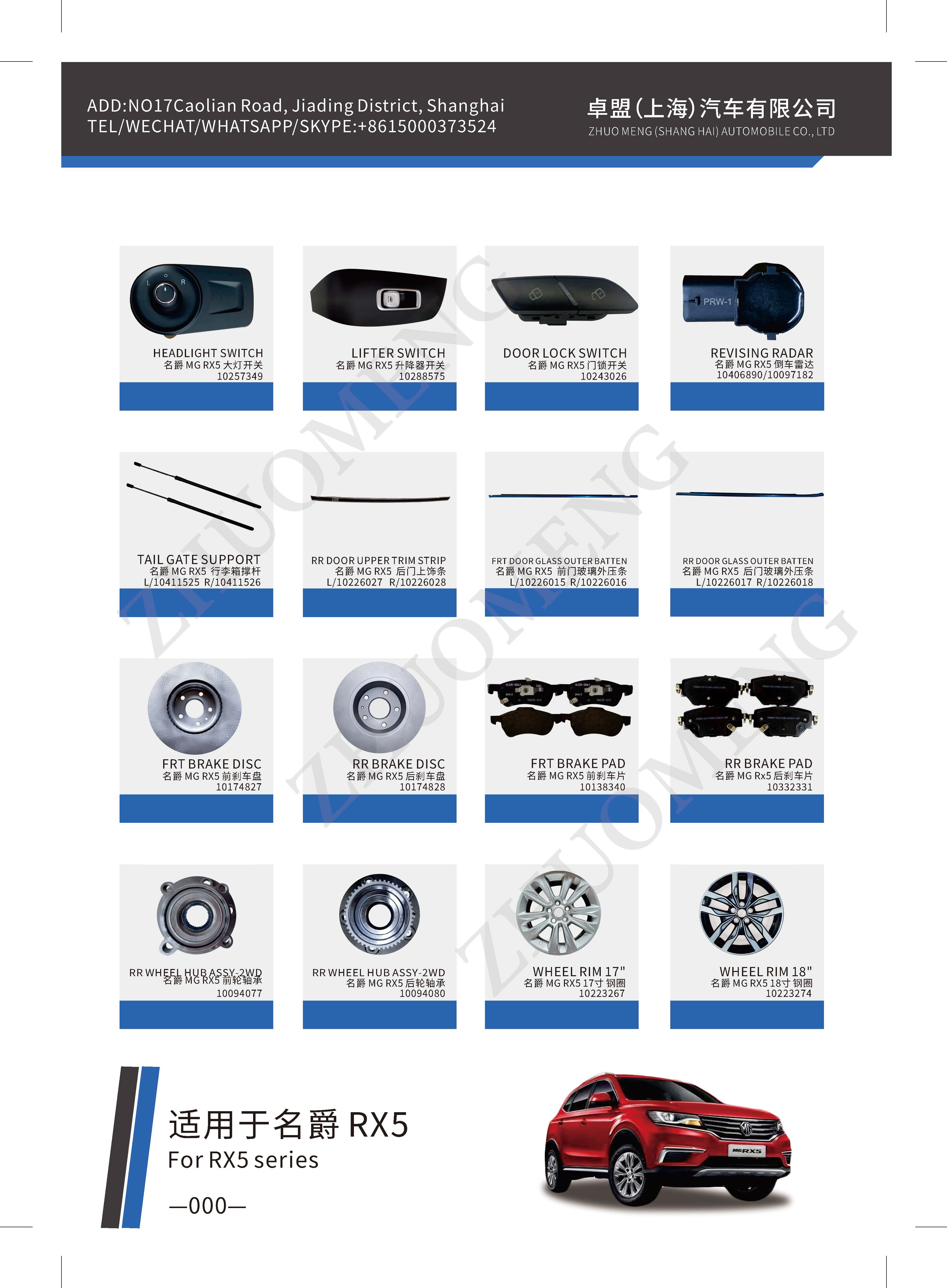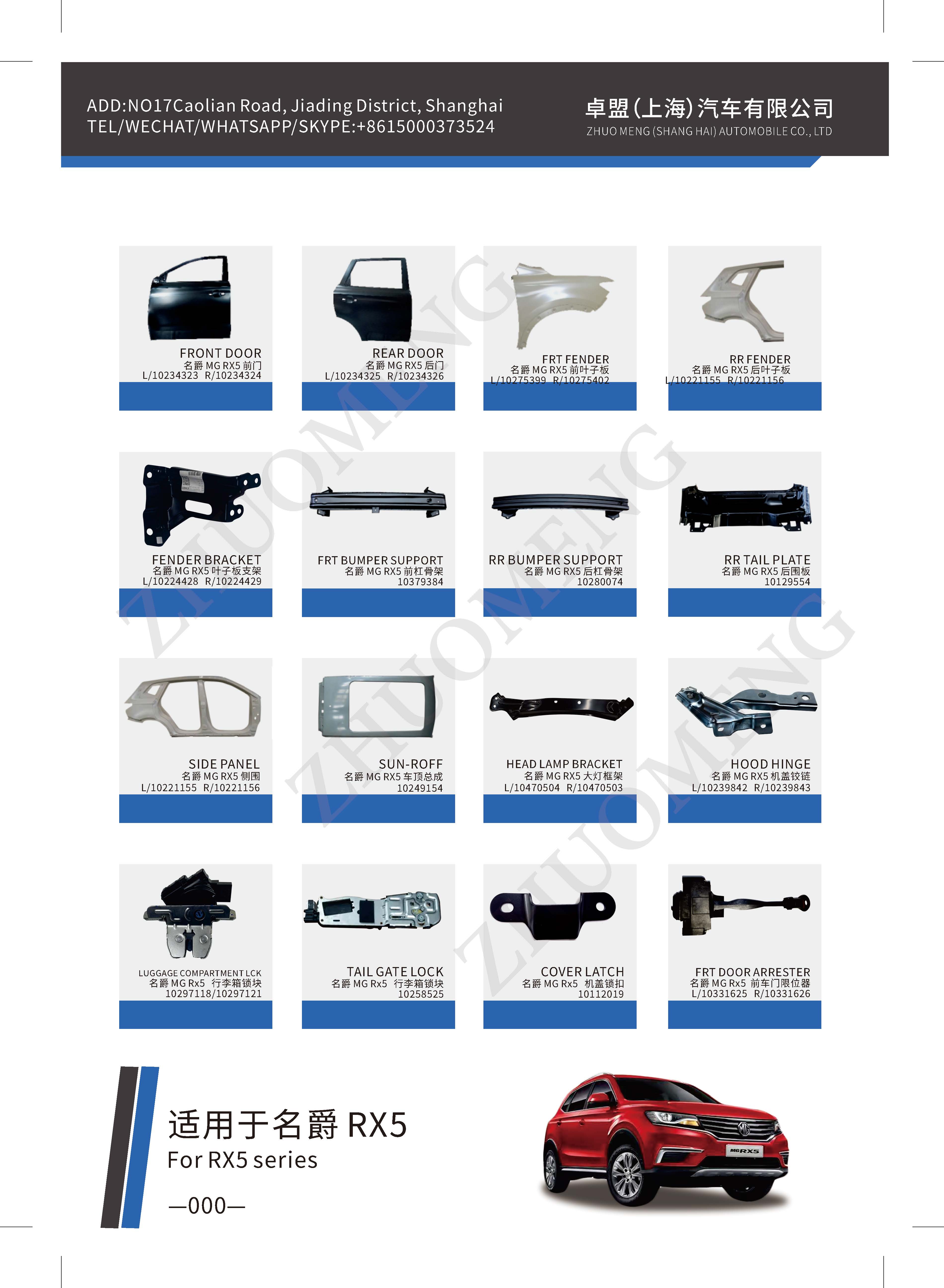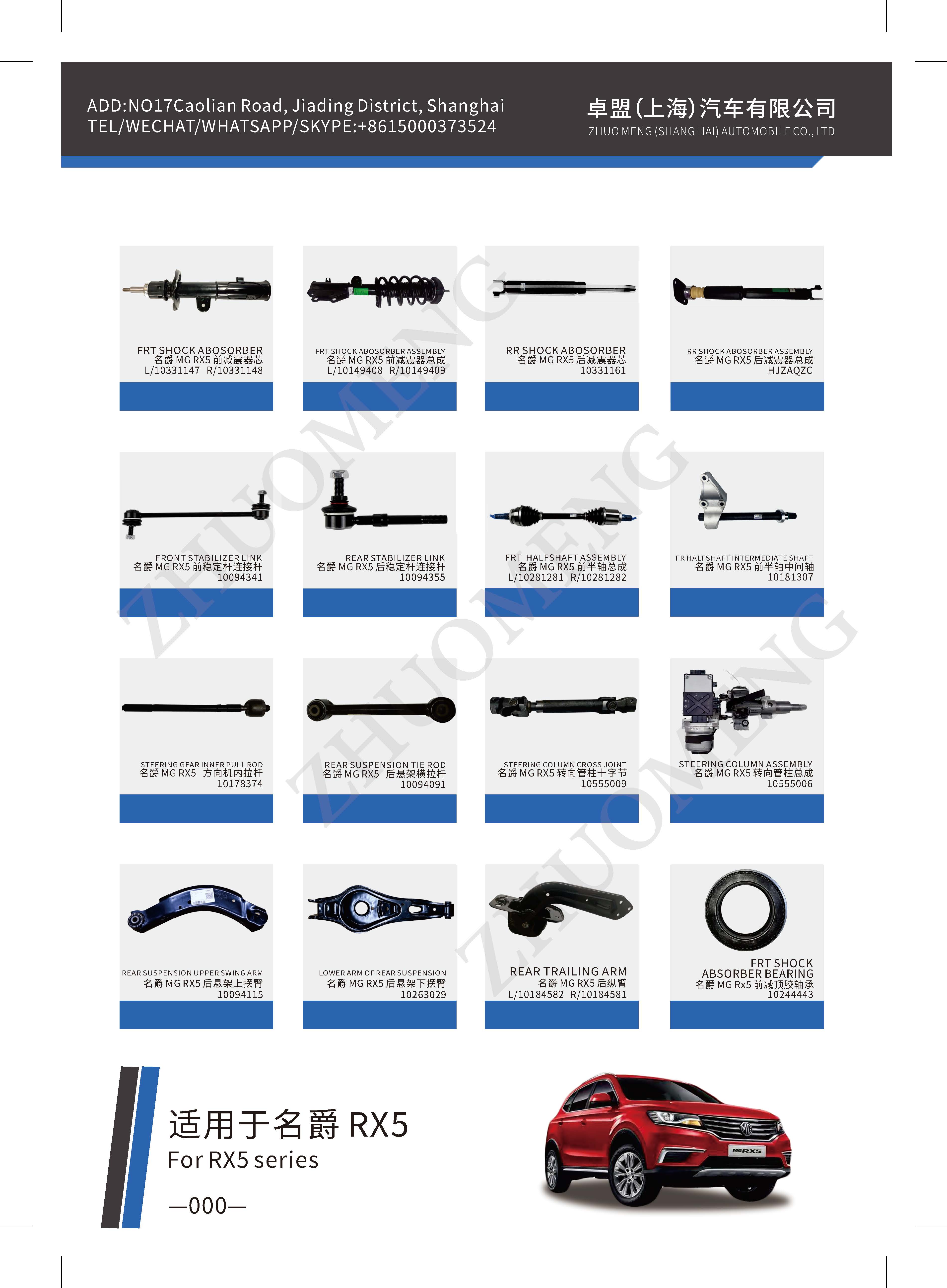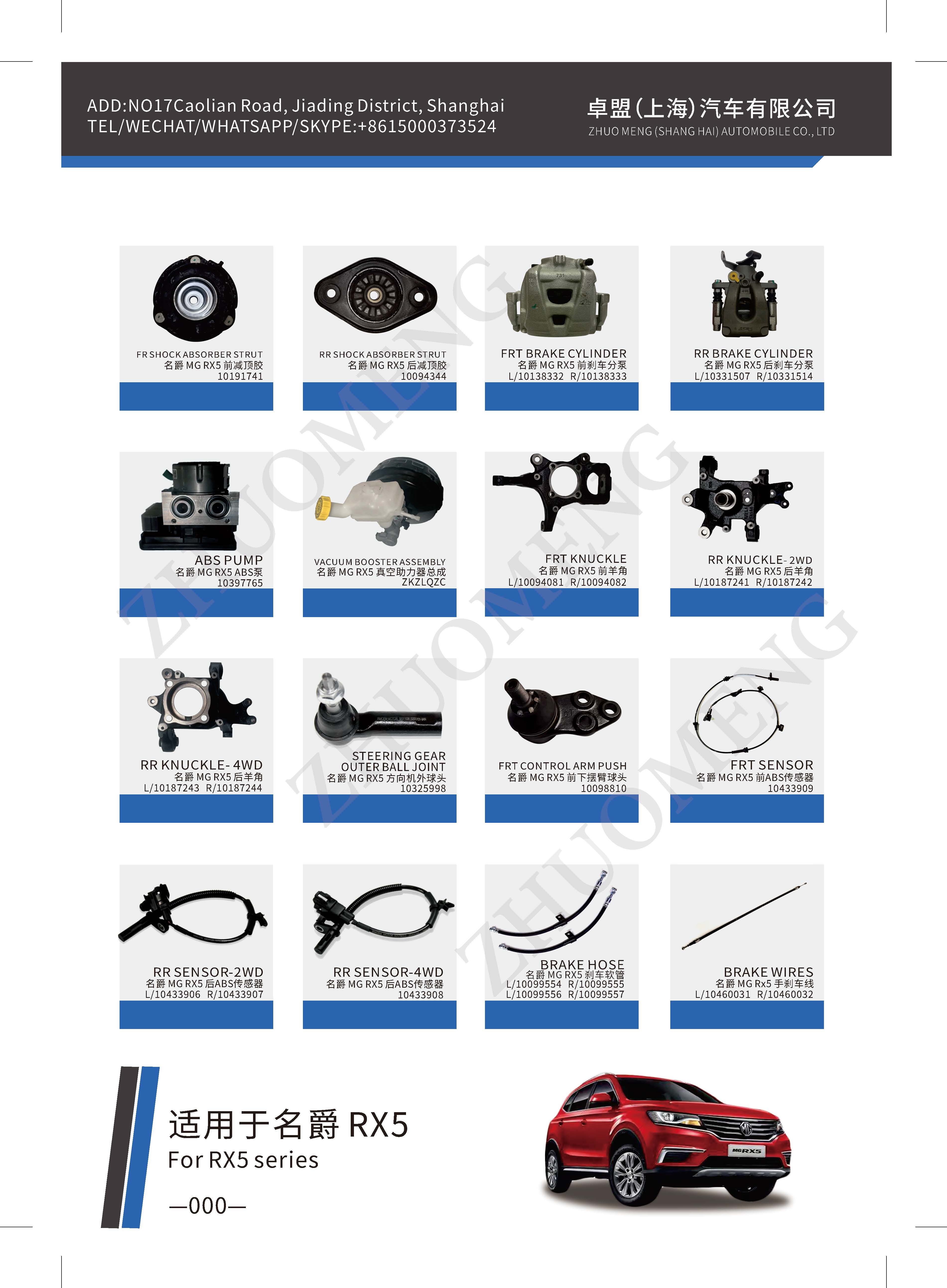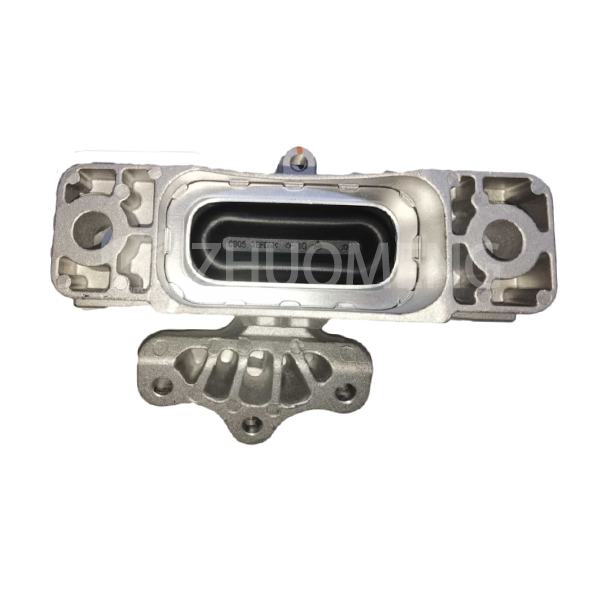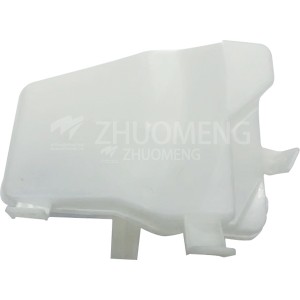Engine sinking is one of the automobile technologies that has been widely used. In the case of high-speed impact, the hard engine becomes the "weapon". The sunken engine body support is designed to prevent the engine from invading the cab in the case of frontal impact, so as to preserve a larger living space for the driver and passenger.
When a car is hit from the front, the front-mounted engine is easily forced to move backwards, that is, to squeeze into the cab, making the living space in the car becomes smaller, thus causing injury to the driver and passenger. To prevent the engine from moving toward the cab, car designers arranged a sinking "trap" for the engine. If the car was hit from the front, the engine mount would move down instead of directly into the driver and passenger.
It is worth emphasizing the following points:
1. Engine sinking technology is a very mature technology, and the cars on the market are basically equipped with this function;
2, the engine sinking, not the engine falling down, refers to the engine body support connected to the whole engine sinking, we must not misunderstand;
3. The so-called sinking does not mean that the engine falls to the ground, but that when there is a collision, the engine bracket drops several centimeters, and the chassis jams it to prevent it from crashing into the cockpit;
4, subsidence by gravity or impact force? As mentioned above, sinking is the overall sinking of the support, which is guided by the orbit. In case of collision, the support tilts downward in the direction guided by this guidance (note that it tilts, not falls), drops a few centimeters, and makes the chassis get stuck. Therefore, sinking depends on the impact force rather than the earth's gravity. There's no time for gravity to work

